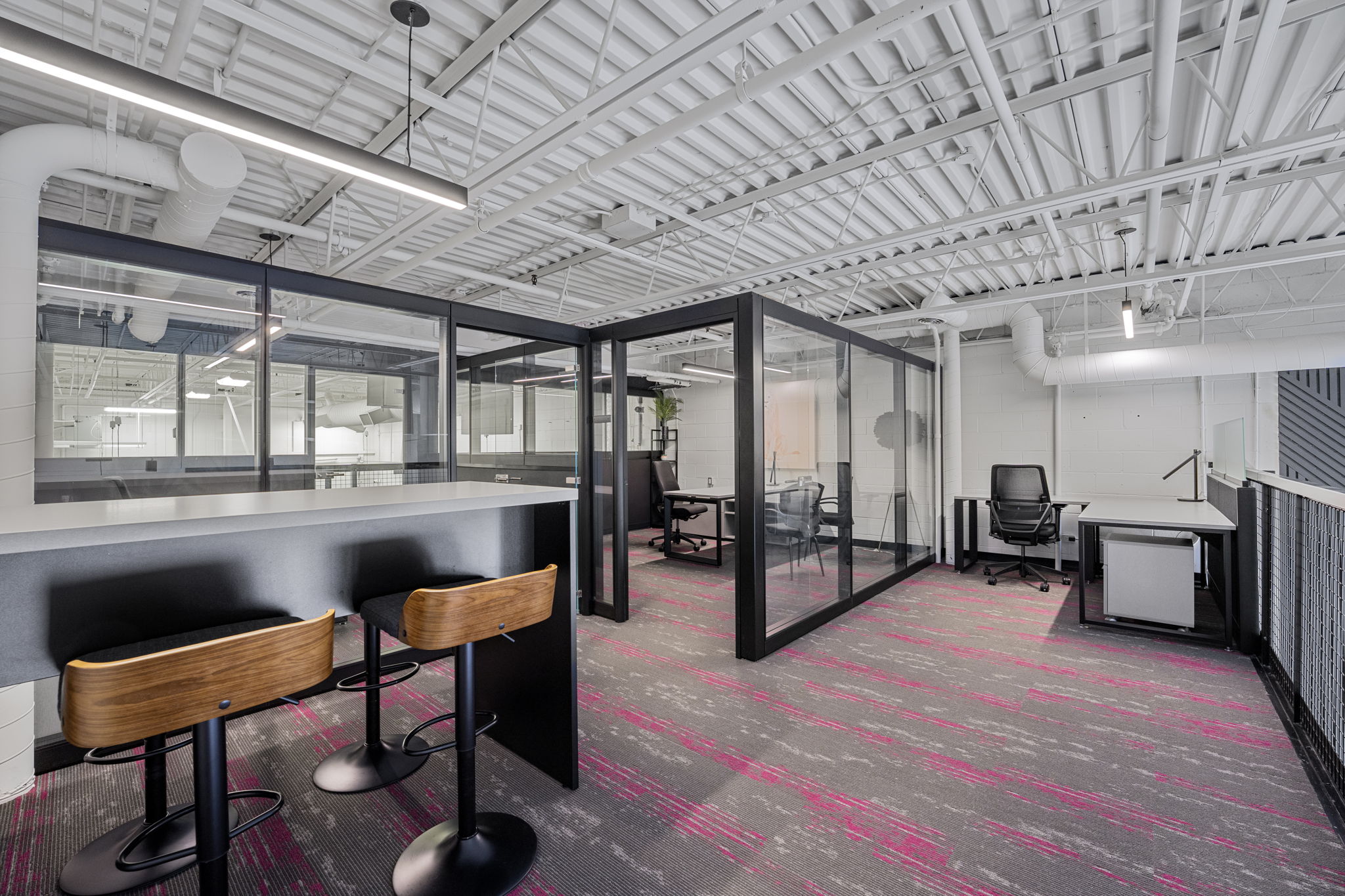Growth strikes like lightning. One month your startup operates from a cramped co-working space with six employees, the next you’ve secured funding and need to accommodate twenty-five team members in a proper office. Modular office furniture delivers 40% cost savings during expansion while reducing reconfiguration time by 75% compared to traditional furniture replacement cycles that plague growing businesses. Companies using modular systems complete workspace changes in 2 hours versus 2 days for conventional approaches. Still, most growing businesses invest in fixed furniture that becomes obsolete within twelve months, creating expensive replacement cycles that drain resources from core business operations.
Commercial interior designer teams understand modular office furniture to create adaptable environments while office interior design approaches using scalable systems support business growth through strategic furniture investments rather than costly replacement cycles that disrupt operations.
How Modular Design Supports Team Dynamics
Growing teams experience territorial stress when workspace boundaries shift unexpectedly while office interior design using modular office furniture enables gradual space expansion that maintains psychological comfort zones. Research from environmental psychology demonstrates that employees form emotional attachments to their workspace areas within 30 days, making sudden layout changes potentially disruptive to productivity and morale.
Modular office furniture systems enable incremental boundary adjustments while commercial interior designer understanding of spatial psychology guides expansion strategies that respect existing territorial relationships while accommodating new team members. Professional teams recognize that workspace changes affect social hierarchies, collaboration patterns, and individual comfort levels that directly impact team performance.
Personal space customization within modular frameworks allows employees to maintain identity while interior design services coordinate expansion that preserves individual expression rather than creating generic environments that suppress personality. Growing teams benefit from systems that enable personal touches while maintaining visual cohesion across expanding workspace areas.
Gradual density increases through strategic modular placement prevent overcrowding stress while office furniture design considerations include social distance requirements and personal space needs that affect employee wellbeing. Canadian office furniture manufacturers increasingly recognize these psychological factors in modular system design.
Color Psychology and Brand Evolution Through Modular Elements
Growing companies experience brand identity shifts while office interior design using modular office furniture enables visual evolution that reflects organizational maturity without complete environmental overhaul. Startup aesthetics often differ dramatically from established company requirements, necessitating workspace evolution that supports brand development.
Modular color schemes adapt to brand guideline changes while commercial interior designer expertise guides palette transitions that maintain employee comfort while reflecting organizational growth. Professional teams understand that color psychology affects productivity, creativity, and team cohesion in ways that require careful consideration during expansion phases.
Seasonal color rotation through interchangeable modular elements while interior design services coordinate environmental refresh strategies that maintain employee engagement without major furniture investments. Growing businesses often benefit from periodic visual changes that reflect achievement milestones and organizational evolution.
Client impression management through strategic modular placement allows growing businesses while office furniture design enables professional presentation areas that can be quickly established for important meetings without permanent space dedication. Canadian manufacturers provide modular lines specifically designed for dual-purpose areas that serve daily operations and client presentations.
Ergonomic Adaptation for Diverse Teams
Team demographic changes require ergonomic flexibility while office interior design incorporating modular office furniture addresses varying physical requirements as companies hire across different age groups, cultural backgrounds, and accessibility needs. Growing teams often experience significant demographic shifts that traditional furniture cannot accommodate effectively.
Anthropometric diversity increases with team expansion while commercial interior designer knowledge of global ergonomic standards guides modular selections that support employees from different cultural backgrounds with varying physical characteristics and work preferences. Professional teams recognize that inclusive design requires adaptable solutions.
Injury prevention through adjustable modular components while interior design services coordinate workplace wellness initiatives that address repetitive stress concerns common in growing businesses where employees often work extended hours during expansion phases. Modular ergonomic features become essential for maintaining team health during stressful growth periods.
Accessibility compliance evolves as teams grow while office furniture design specifications include modular components that can accommodate wheelchair users, mobility aids, and other accessibility requirements without requiring complete workspace redesign. Canadian office furniture manufacturers provide modular solutions meeting evolving accessibility standards.
Workspace Adaptation for Global Teams
International team expansion requires cultural accommodation while office interior design using modular office furniture enables workspace customization that respects diverse cultural preferences and work styles without creating segregated environments. Growing companies often hire globally, necessitating inclusive workspace design.
Religious and cultural observance space creation through modular privacy solutions while commercial interior designer sensitivity guides layouts that provide appropriate areas for prayer, meditation, or cultural practices without disrupting collaborative workspace functionality. Professional teams understand that inclusive environments require thoughtful space allocation.
Time zone accommodation through 24-hour workspace design while interior design services coordinate modular layouts that support different work schedules and cultural time preferences as teams expand across global markets. Modular furniture enables areas optimized for different daily rhythms and work patterns.
Communication style accommodation through flexible meeting configurations while office furniture design includes modular elements supporting both hierarchical and collaborative communication preferences that vary across cultures. Canadian manufacturers increasingly offer modular solutions designed for multicultural workplace environments.
Wellness Micro-Environments
Stress reduction zones within expanding workspaces while office interior design utilizing modular office furniture creates dedicated wellness areas that can relocate as team geography shifts without losing therapeutic functionality. Growing businesses often experience increased stress that requires environmental mitigation strategies.
Air quality management through strategic modular placement while commercial interior designer expertise positions plants, air purifiers, and ventilation enhancers within modular systems that maintain optimal air quality as workspace density increases during team growth. Professional wellness planning becomes essential for maintaining healthy environments.
Movement encouragement through dynamic modular layouts while interior design services design pathways and activity zones that promote physical activity and reduce sedentary behavior common in growing businesses where employees often work longer hours. Modular systems can incorporate movement-friendly elements.
Natural light distribution optimization through modular positioning while office furniture design considerations ensure equitable access to daylight as teams expand without relegating new hires to darker areas that affect mood and productivity. Canadian office furniture specifications increasingly include light-optimized modular components.
Frequently Asked Questions (FAQ):
How do office interior designer teams address territorial psychology when implementing modular office furniture systems during rapid team expansion phases?
Office interior designer teams address territorial psychology through gradual boundary adjustments using modular office furniture that respects existing employee comfort zones while accommodating new team members systematically. They analyze current territorial patterns and social hierarchies before implementing changes, ensuring expansion occurs in phases that allow psychological adaptation. Commercial interior designer professionals understand that sudden workspace changes can disrupt productivity and morale, so they coordinate modular reconfigurations that maintain familiar reference points while creating new areas. Interior design services often involve employees in expansion planning to reduce territorial stress and increase acceptance of workspace changes during growth phases.
What specific strategies do commercial interior designer teams use to accommodate cultural diversity through modular office furniture in growing international businesses?
Commercial interior designer teams accommodate cultural diversity through modular office furniture systems that provide flexible privacy options, religious observance spaces, and communication zones supporting different cultural work styles. They specify modular components that can create temporary prayer or meditation areas while maintaining collaborative workspace functionality. Professional teams understand that cultural accommodation requires moveable privacy screens, adjustable lighting for different cultural preferences, and modular meeting configurations supporting both hierarchical and collaborative communication styles. Interior design services coordinate with HR teams to understand specific cultural requirements while creating inclusive environments that respect diversity without segregating team members.
How does modular office furniture support wellness micro-environments differently from traditional furniture approaches in growing team environments?
Modular office furniture supports wellness micro-environments through relocatable components that maintain therapeutic functionality as workspace geography shifts during team growth. Unlike traditional fixed wellness areas that become inaccessible as teams expand, modular systems enable stress reduction zones, air quality management stations, and movement encouragement areas to relocate optimally. Commercial interior designer expertise guides strategic placement of plants, air purifiers, and activity zones within modular frameworks that adapt to increasing workspace density. Interior design services coordinate wellness features that can be reconfigured to ensure equitable access for all team members regardless of expansion patterns, creating health-optimized environments that evolve with organizational growth.
Key Takeaways
- Modular office furniture addresses territorial psychology during team expansion preventing workplace stress through gradual boundary adjustments rather than sudden layout changes
- Color psychology integration through modular elements enables brand evolution and seasonal refresh strategies that maintain employee engagement during organizational growth phases
- Biometric diversity accommodation through adjustable modular components supports teams with varying cultural backgrounds, accessibility needs, and ergonomic requirements
- Cultural integration features within modular systems provide religious observance spaces and communication style accommodation for globally expanding teams
- Wellness micro-environments created through modular placement strategies address stress reduction, air quality management, and movement encouragement during high-growth periods
- Office interior design using modular systems enables incremental workspace expansion that preserves employee comfort zones and social hierarchies
- Commercial interior designer expertise in spatial psychology guides modular expansion strategies that respect existing territorial relationships while accommodating new team members
- Interior design services coordinating modular color schemes support brand identity evolution without requiring complete environmental overhaul during company growth
- Canadian office furniture manufacturers provide modular solutions addressing multicultural workplace requirements and accessibility compliance evolution
- Source office furniture decisions incorporating wellness features create health-optimized environments that adapt to increasing workspace density during team expansion
Modular office furniture represents strategic infrastructure supporting human psychology and organizational evolution rather than simple space-filling solutions. Professional commercial interior designer teams who understand territorial dynamics, cultural diversity, and wellness requirements create environments that nurture team development while accommodating rapid expansion. When companies invest in comprehensive modular systems through experienced interior design services and source office furniture through knowledgeable specialists who understand psychological and cultural factors, they achieve sustainable competitive advantages through workspaces that support not just physical growth but also team cohesion, cultural integration, and employee wellbeing throughout the challenging phases of business expansion and organizational maturation.

